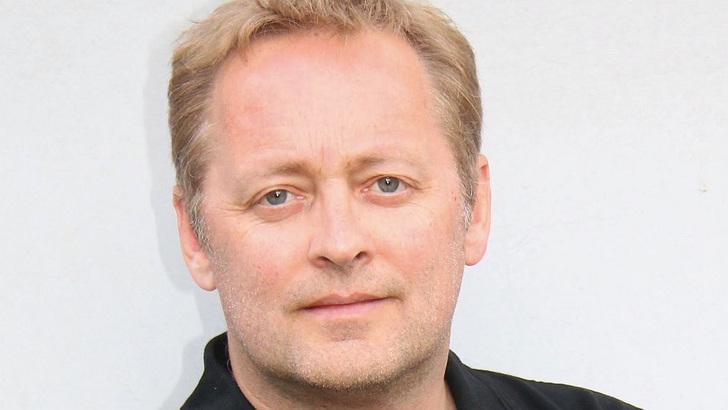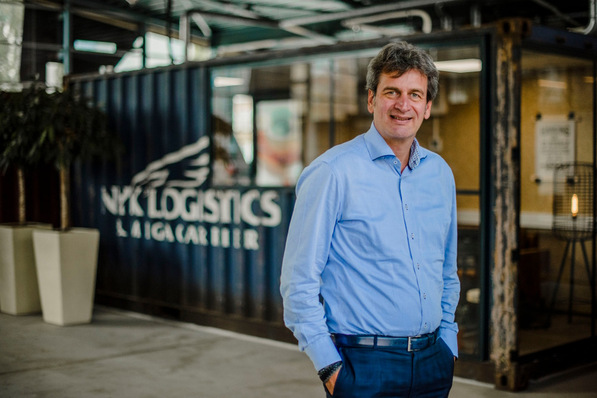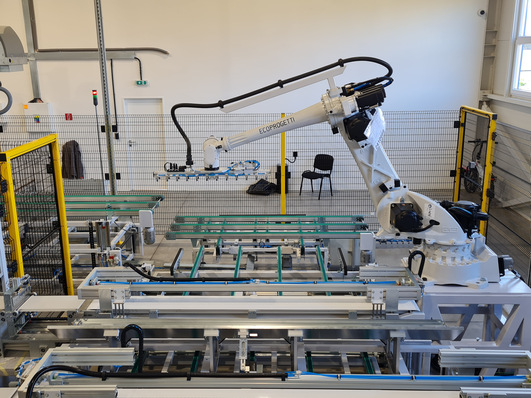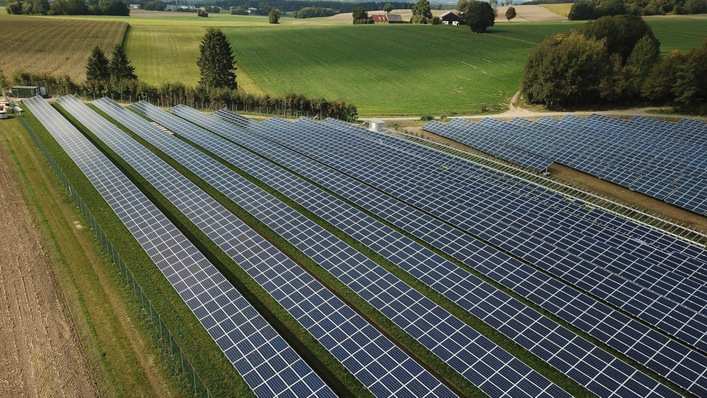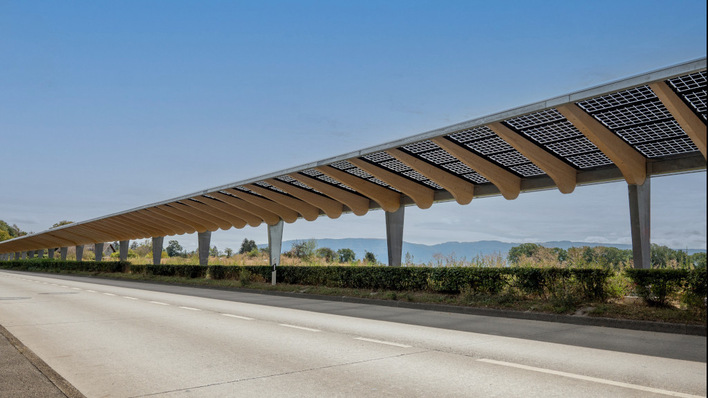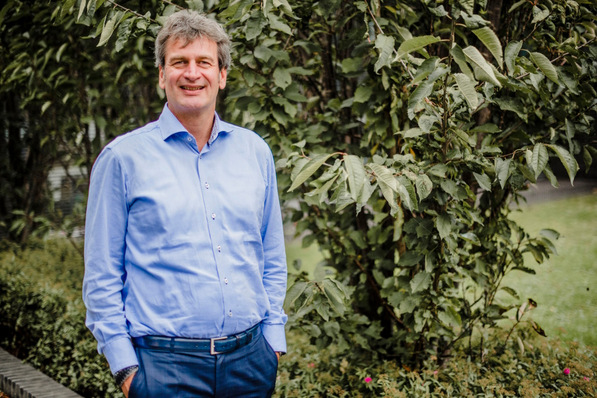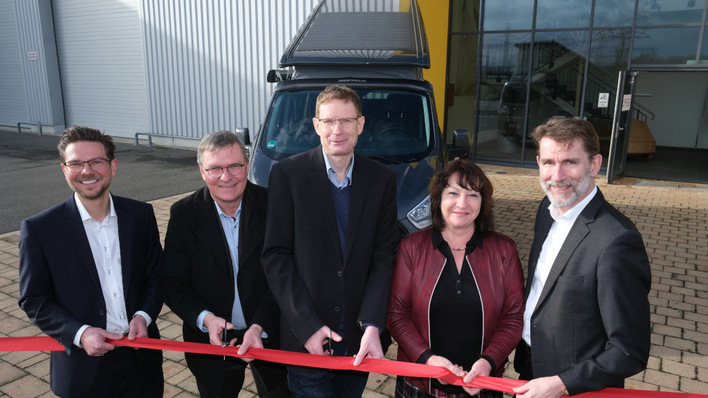The past year has been difficult for photovoltaics. Looking back, what is your assessment?
We started into 2016 with a decent number of orders on our books. It was challenging to see the UK market collapse as it did, but we were able to make up for that within the German market and by acquiring new customers in other European countries. For example: There was increased building in Scandinavia and the Baltic countries. In Spain and Portugal, the new legal regulations are beginning to take effect. Happily, the PV markets in many European countries have really been picking up steam in the autumn, and we were able to bring in a good deal of new orders for ourselves on the back of that. We are now on the market in almost every country in Europe, albeit at varying volumes. But this allows us not only to stabilise our sales, but actually provides us with an opportunity for further growth.
How many megawatts’ worth of mountings systems have you sold?
About 400. 40 percent of this went to the markets in German speaking countries and 60 percent went elsewhere. Europe is the core market here, although other regions are becoming increasingly interesting to us. In September 2016, we opened a branch office in Jordan, and we will use it to develop the Middle East region. Simultaneously, together with our subsidiary in the US and as of 2016 also with a branch office in South Africa, we are developing other overseas regions.
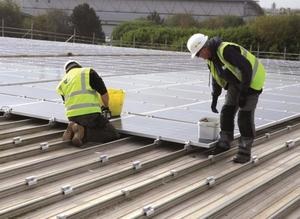
Which mounts were particularly in demand?
At the moment primarily mounts for metal roofs, i.e. for commercial installations. The focus is on roof-parallel mounting, in other words on pitched roofs. In this area we are seeing particular demand for our standing seam clamp and our system solutions for trapezoidal sheet metal roofs. For less steeply inclined roofs, our customers are becoming more and more interested in our Delta Triangle system. We have developed it further and equipped it with a folding mechanism. This is highly advantageous for the installing company in terms of logistics and warehousing costs. We are now able to fit 252 units on a single Euro-pallet.
How was the flat-roof segment performing?
The business in flat-roof systems has been rather more quiet. But, similar to sheet metal roofs, we have had significantly more enquiries for our aerodynamic LEICHTmount system since the first quarter. And in the UK, our components for tiled roofs were consistently going well. This is mostly down to our roof hook in combination with our specialised screw. We provide our customers – not just in the UK but for all types of tiled roofs – with a very flexible and universally applicable mounting solution that is also suitable for problematic roofs, e.g. with narrow rafters.
What is your assessment of the first quarter of 2017?
In the first three months of this year, we saw extremely high demand – about twice what we had in the same period of last year. On the one hand, this comes from our regular customers, but we were also able to convince a good number of new customers to buy our mounting systems. Building of installations has picked up again, including many smaller ones on tiled roofs. And not only in Germany. We are also seeing that in the Netherlands: This year, we saw it emerging as one of the most important markets in Europe. We are also getting more orders from Hungary: The extension of the feed-in tariff until 2018 is giving the market greater stability. This is also why we hired more staff there.
What system is selling best?
As I said, our various sheet metal roof systems are going well, and a particular top seller is the longitudinal sheet metal rail. It has a number of advantages for the installing companies: It is very easy to mount using rivets, is inexpensive to ship and stores well. But demand continues to rise generally.
Are your customers willing to accept longer delivery periods?
It is on us to rapidly provide the asked-for quantities. No one accepts longer delivery periods. Project planners and installing companies are aware that it is necessary to order panels and inverters some time in advance. But the mounting system tends not get ordered until just after the start of building. At least, that is how it seems to us. We are prepared for that and have significantly increased the amount of material we keep available. Generally speaking, we try to get the materials to the customer’s building site within one to three business days.
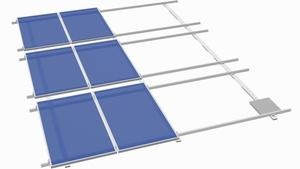
How do you distribute your products?
In Germany, we distribute our systems directly to installing companies. We also count many small and medium-sized retailers among our customers. In far afield markets, local branch offices or a close cooperation with partners are essential. In countries like Hungary or Jordan you do not stand a chance if you have no one who speaks the customers’ language or understands their culture or business practices. Naturally, local building regulations are also important in this market. For us, this means that we continuously adapt and expand our product range. S:Flex has been quick to react to the customers’ local requirements. We currently have branch offices in eight countries.
How many people work for S:Flex?
Our core team in Germany has 25 people, plus the same number in our international branch offices. We are currently in the process of expanding and hiring new staff. But with the situation of the labour market being what it is, that is not easy. As of this February, S:Flex is ISO 2015 certified. As part of this effort, we have streamlined our processes, which puts us in a good position to manage the expected growth.
What do you see as the emerging trends in mounting technology?
At Intersolar Europe we presented new kit solutions. This topic is gaining in importance. We also offer pre-configured and easily scalable kits for pitched roofs, flat roofs and greenfield sites. There are several reasons why we see great potential in this: There clearly is a trend towards smaller self-consumption installations. Kits are practical for that. Also, web shops are on the rise, and they are only feasible with package solutions. In Germany, for example, companies from the sanitation and heating sector are increasingly branching into PV. To them, kits offer a quick solution with little effort in terms of planning and warehousing. Geographically speaking, today we already see great sales opportunities in the countries around the Mediterranean as well as increasingly in Africa, Latin America and Asia in the future. We will adapt our product range to these trends. Another trend we see are green roofs.
What do you mean by that?
Using green roofs in combination with PV is becoming increasingly important in Switzerland. And this segment is also growing in Germany. Since green roofs have very specific requirements, we will provide solutions tailored to exactly this segment. The solutions that are currently available need to be improved both in terms of price and in terms of how easy they are to put up. By volume this is, of course, a niche market. But at S:Flex we want to do more than provide our customers with sophisticated off-the-peg solutions. We see ourselves as their partners, developing specialised solutions to fit their requirements.
The interview was conducted by Heiko Schwarzburger.
Learn more about solar modules
Learn more about energy storage
Learn more about electric cars
More useful information:
http://www.pveurope.eu/News/Installation/S-Flex-is-going-to-mount-the-modules-directly-onto-the-roof
Stay informed, get our free newsletter twice a week. Register here

